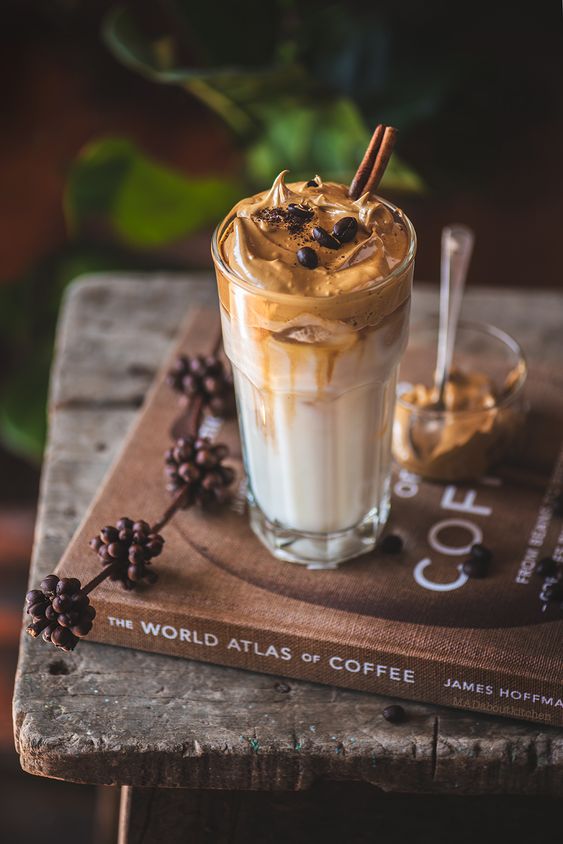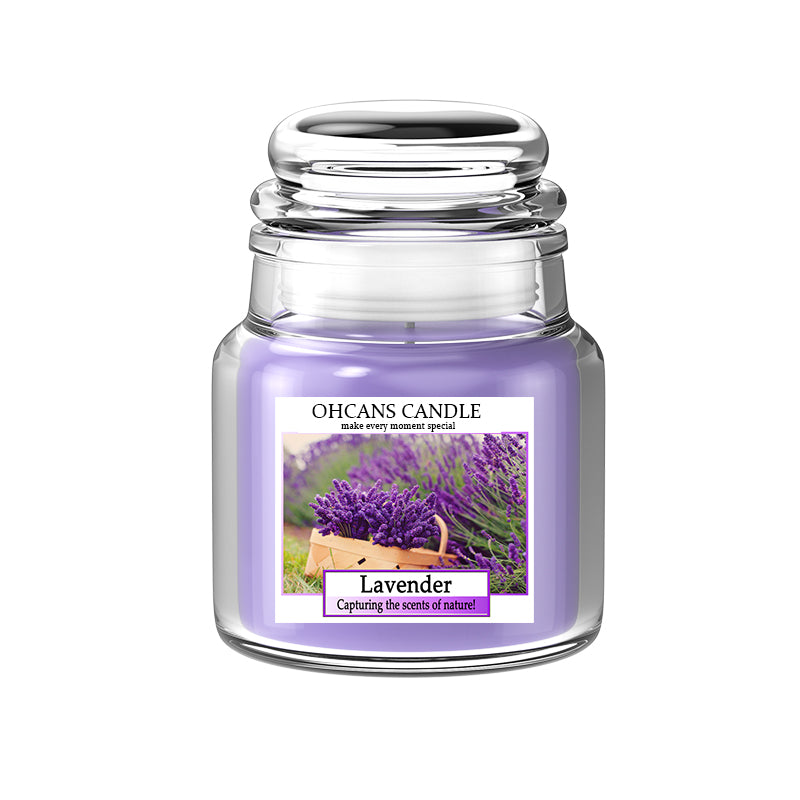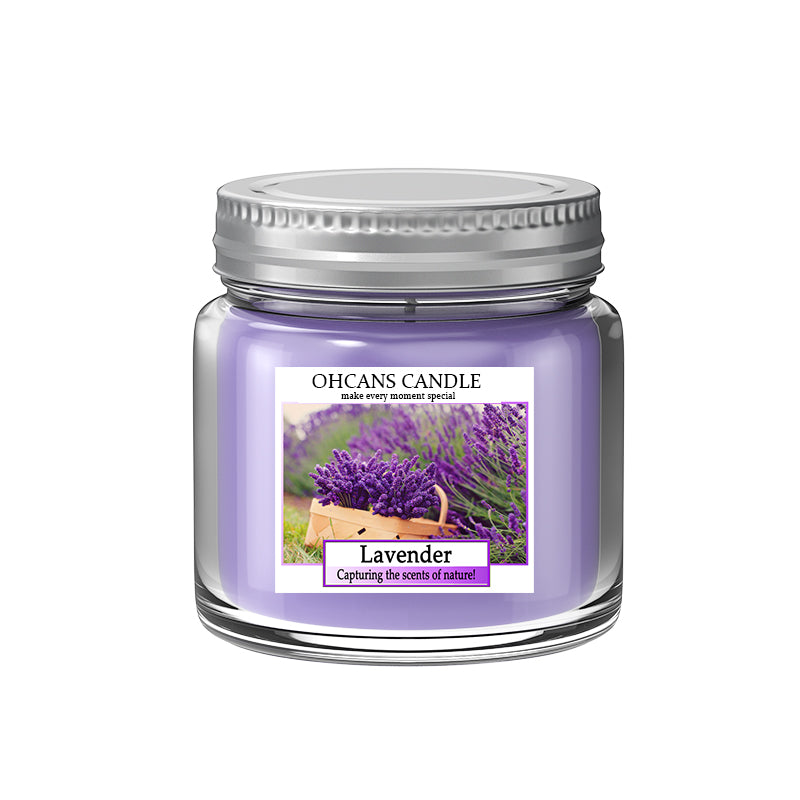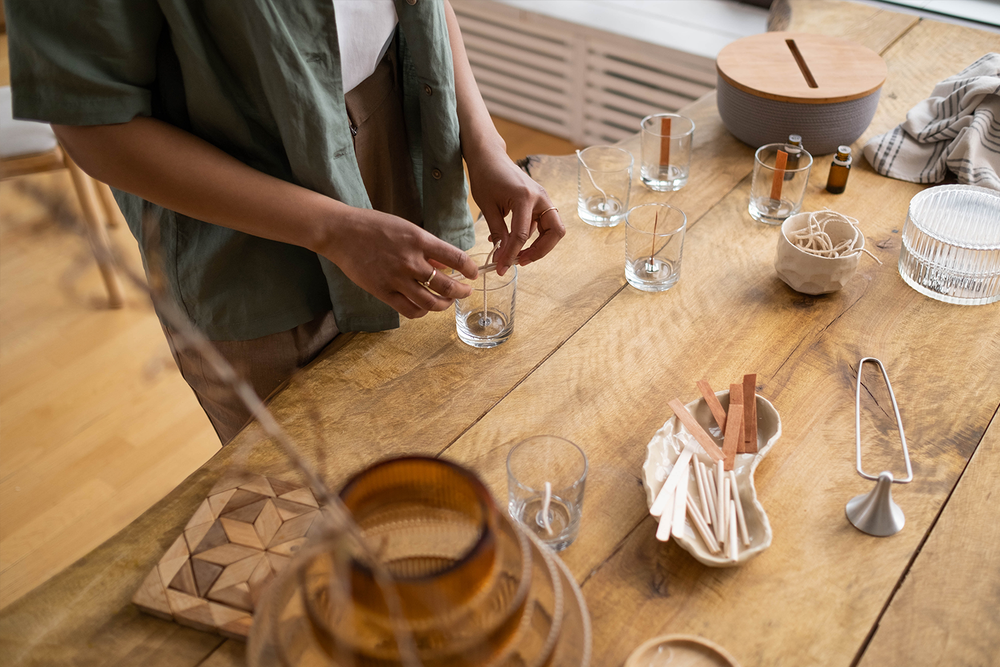Exploring the Origin of Coffee Beans and Their Cultivation Process

Unveiling Coffee's Origins
The Birthplace of Coffee Beans
The roots of coffee beans can be traced back to the highlands of Ethiopia, where the Coffea Arabica plant first took root and flourished. Legend has it that a goat herder named Kaldi discovered the energizing effects of coffee after noticing his goats becoming unusually lively upon consuming the red berries from a certain tree. This discovery led to further exploration, ultimately leading to the cultivation and spread of coffee across the globe.
The Journey to Global Fame
The origins of coffee beans can be traced back to Ethiopia's highlands, where their energizing effects led to their cultivation and global prominence, making coffee a beloved beverage cherished worldwide.From its humble beginnings in Ethiopia, coffee traveled through the Arabian Peninsula, where it was cultivated on a larger scale. The beverage then gained popularity in Europe and beyond. It now transformed into the modern beverage that we consume today.

Diverse Varieties
Ethiopia remains a significant player in the world of coffee production, boasting diverse varieties such as Harrar, Sidamo, and Yirgacheffe. Each variety offers unique flavor profiles influenced by the region's climate and soil composition.
Sidamo: The coffee harvest in this reigion takes up approximatly 60% of coffee production from ethiopia. The coffee beans harvested are described to be rich, vibrant, floral, and infused with a citrus undertone.
Yigacheffe: The coffee profile produced from this reigion is claimed to be one that encapsulates brightness with a medium mild taste. The taste of these coffee beans exhibit a herbal and floweral undertone. The aroma of flowers and herbs will linger in your taste.
Harrar:Harrar is its unparalleled intensity, marked by a robust profile that captivates the senses. This intensity is complemented by a delightful fruity acidity that adds a vibrant and dynamic element to its flavor profile. Connoisseurs often describe the taste of Harrar as a harmonious blend of richness and pungency, subtly underlined by notes reminiscent of succulent blueberries or blackberries.

Cultivation Insights
Regional Cultivation
Coffee production is not limited to a single geographic area but instead spans various regions worldwide. Each region's unique climate and soil composition contribute to the distinct flavors found in coffee beans. For example, beans grown in the high altitudes of Central America are known for their bright acidity and fruity notes, while those from Indonesia often exhibit earthy and spicy undertones. The diverse growing conditions across different continents result in an array of flavor profiles, appealing to a wide range of coffee enthusiasts.
Challenges Faced by Coffee Farmers
The cultivation of coffee beans is heavily reliant on environmental factors such as temperature, rainfall, and altitude. Changes in these variables can significantly impact the growth and yield of coffee plants, posing challenges for farmers. Climate change further exacerbates these issues, leading to unpredictable harvests and affecting the overall sustainability of coffee farming. Additionally, pests and diseases pose ongoing threats to coffee crops, requiring careful monitoring and management practices to ensure healthy yields.

Roasting and Flavors
The Roasting Process
The roasting process is a pivotal stage in the journey from coffee bean to brewed beverage. During roasting, the green coffee beans undergo a transformation, developing the distinct taste profiles that coffee enthusiasts savor. The process involves exposing the beans to high temperatures, causing them to change in color, aroma, and flavor. As the beans heat up, they release moisture and undergo chemical reactions that ultimately determine the characteristics of the final product.
Roasting also plays a significant role in bringing out the inherent flavors locked within the coffee beans. Lighter roasts tend to preserve more of the bean's original flavors, offering a brighter acidity and floral or fruity notes. On the other hand, darker roasts result in bolder, smokier flavors with less acidity. The duration and temperature of roasting are carefully controlled to acheive the ideal flavour.
Flavor Development
The art of roasting directly influences how flavor develops within different varieties of coffee beans. Lighter roasts highlight nuanced flavors such as citrus, berries, and floral undertones, while darker roasts bring out rich caramelized sugars and deep chocolatey notes. This diversity in flavor development allows for an array of options catering to varying taste preferences.
Lighter roasts preserve original flavors.Lighter roast tend to have a more balanced and neutrual flavour.
Darker roasts result in bolder, smokier flavors. The flavour left in the coffee tend to be bitter and burnt. You will not be able to tolerate this if you are a first time drinker.
Consumption and Storage
Edibility and Freshness
Coffee beans are primarily known for their role in brewing the beloved beverage, but some may wonder about their edibility and shelf life. While coffee beans are not typically consumed as a snack due to their intensely concentrated flavor and tough texture, they are indeed edible. However, consuming them in large quantities or on their own may not be palatable for most individuals.
In terms of freshness, unroasted coffee beans have a longer shelf life compared to roasted ones. When stored in a cool, dark place in an airtight container, unroasted coffee beans can maintain their quality for up to 6-9 months. On the other hand, once coffee beans are roasted, they begin to lose their freshness relatively quickly. For optimal flavor retention, it is recommended to consume roasted coffee beans within 2-3 weeks of the roasting date.
Understanding the nuances of edibility and freshness allows coffee enthusiasts to make informed choices when it comes to consuming and storing these flavorful beans.
Can You Eat Coffee Beans?
A coffee bean is a seed that grows inside the coffee plant fruit, which is processed to remove the outer fruit and leave a powerful seed that is roasted. Coffee beans have a long history of consumption, dating back to our ancestors for energy and nutritional support during hunting. The answer is an obvious yes. You can eat coffe beans as a snack, after all , it is a seed. However, if you choose to munch on a raw, unroasted coffee bean, you will find the flavour to be very acidic and bold. It is not recommended to consume in raw to be honest.
Brewing Ratio
The brewing ratio of coffee beans to water is a common query among enthusiasts seeking the perfect cup of coffee. The ideal ratio often depends on individual preferences and the brewing method being used. As a general guideline, a commonly recommended ratio is 1:16, which translates to 1 gram of coffee per 16 grams of water. However, this ratio can be adjusted based on desired strength and flavor profiles.
When it comes to coffee brewing, different methods call for specific coffee-to-water ratios to achieve the best flavor profiles. For espresso lovers, the ideal ratio stands at 1:2, where one part of coffee is balanced with two parts of water. Those who prefer the manual pour-over method should aim for a ratio of 1:16, ensuring a balanced extraction of flavors with every cup brewed. French press enthusiasts often opt for ratios ranging from 1:12 to 1:17, allowing for customization based on personal taste preferences. Moka pot aficionados typically rely on a 1:10 ratio to create that rich and bold brew they crave. For Aeropress users seeking a stronger concentration, ratios between 1:6 and 1:12 are recommended, providing a brew that's both robust and flavorful. Each ratio plays a crucial role in determining the final taste of your coffee, so experimenting with different ratios can lead to discovering your perfect cup.




Leave a comment